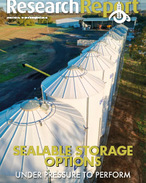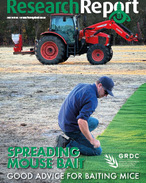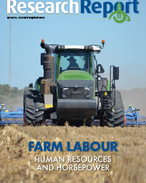This article is 8 years old. Images might not display.
The biennial CSIRO and Bureau of Meteorology State of the Climate report draws on the latest climate monitoring and science to show how our climate is changing.
CSIRO Senior Scientist and leader of the NESP Earth Systems and Climate Change Hub, Dr Helen Cleugh said the changes were due to an increase in greenhouse gases such as carbon dioxide in the atmosphere, which acted like a blanket by keeping heat in the Earth's lower atmosphere.
"Carbon dioxide is measured in parts per million," Cleugh said.
"Before around 1750, the level of CO2 was 278ppm. This year the Earth will record a global annual average of over 400ppm, the highest level in the past two million years."
Cleugh said Australian temperatures would almost certainly continue to increase over the coming decades, and temperature projections suggested more extremely hot days and fewer extremely cool days.
"As land temperatures increase, so do ocean temperatures and the report shows that the deep ocean is also impacted, with warming now recorded at least 2000 meters below the sea surface."
The Bureau of Meteorology Climate Monitoring manager Karl Braganza said Australia was already experiencing the effects of climate change with record-breaking heat now becoming commonplace across the country.
"Australia experienced its three warmest springs on record in 2013, 14 and 15," Dr Braganza said.
"Temperature and rainfall during this period is critical to southern Australia's fire season.
"We've already seen an increase in fire weather and a longer fire season across southern and eastern Australia since the 1970s. In these regions the number of days with weather conducive to fire is likely to increase.
"Whilst the observations show us increased rainfall in some parts of Australia, we have also seen significant seasonal decline, such as in the April-October growing season where an 11 per cent decline in rainfall has been experienced in the continental southeast since the mid-1990s."
Braganza said the changing climate significantly affected all Australians through increased heatwaves, more significant wet weather events and more severe fire weather conditions.
"Some of the record-breaking extreme heat we have been seeing recently will be considered normal in thirty years' time," he said.























